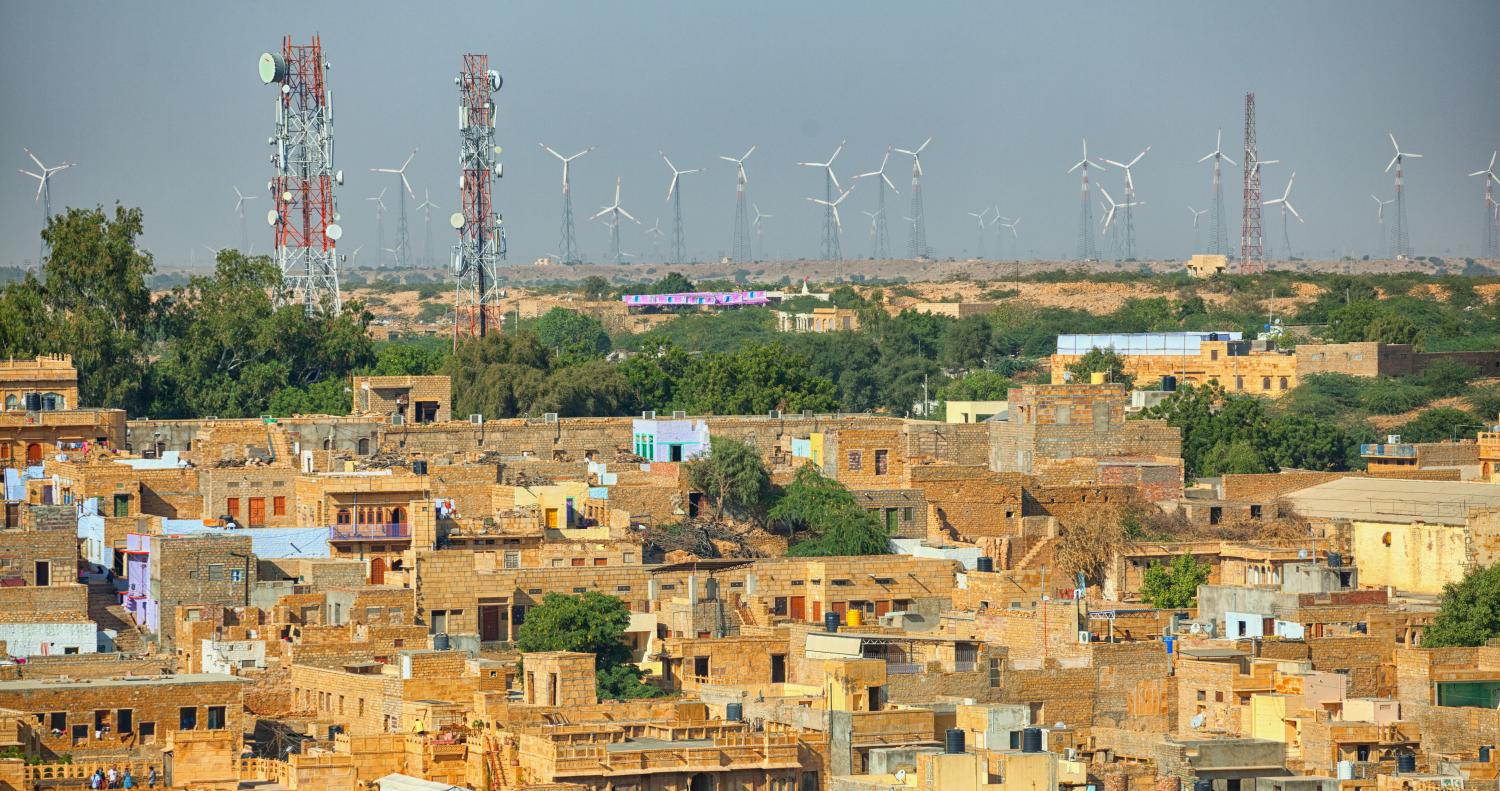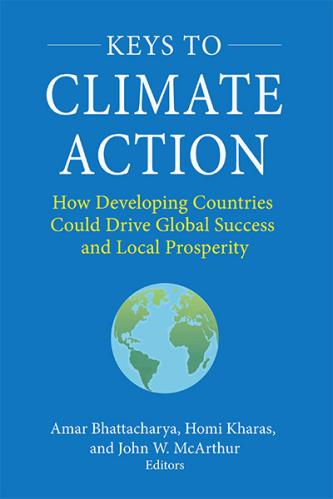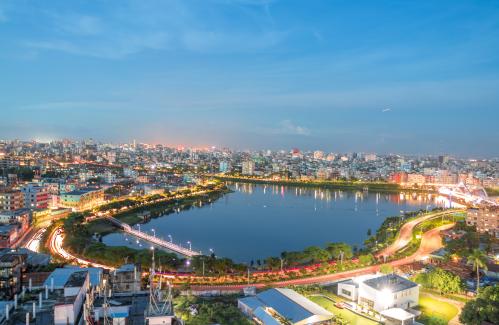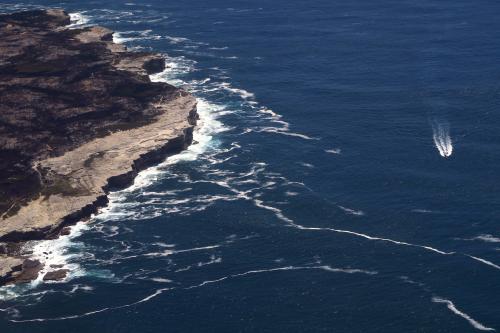This chapter was published in the edited volume “Keys to Climate Action: How Developing Countries Could Drive Global Success and Local Prosperity.”
One of the most critical pushes to address the climate crisis is getting public and private finance flowing to climate action, especially in emerging markets and developing economies. This working paper attempts to quantify the scale and possible composition of the international financial assistance required to help developing countries fulfill their climate change mitigation and adaption targets and suggests how this might be agreed upon in international negotiations. First, Ahluwalia and Patel provide a brief historical review of how the commitment to provide financial assistance has evolved since the start of the negotiations in the UNFCCC in 1992. Second, they review estimates emerging from different studies of the additional investment that developing countries will have to make to meet the challenge of containing global warming to 1.5°C above preindustrial levels. Third, they recognize that although international financing has a big role to play, it is unrealistic to think that all the additional investment needed must come from international sources. They argue that developing countries should realize that at least half the additional investment will have to come from domestic sources, with the rest coming from international sources both official and private. In this context, they reason that multilateral development banks (MDBs) have a critical role in leveraging private finance to raise the amount of financial flows to the required level. Finally, the authors provide recommendations for developing countries to organize themselves for more realistic financial commitments, and, through the G20 forum, push for an agreement with the G7 on increasing the capital base of the MDBs to enable the banks to lend at the scale needed.
Interview with the authors
What is one main message from your chapter?
It is unrealistic for developing countries to expect that all the investment needed for climate change mitigation and adaption would come as international assistance. Nearly half of it would need to be financed through additional domestic effort, while a large part of the remaining amount could come as concessional or non-concessional loans from the MDBs, and as private sector investments.
What presents the biggest opportunity?
Unabated climate change is bound to cost the global economy trillions of dollars in forgone income due to loss of productivity and collapse of ecosystems. It is in the best interest of everyone to invest in climate change mitigation and adaption, where every unit of investment will yield multiple of that in benefits.
What serves as the biggest challenge?
The erosion of trust in multilateral institutions and lack of political support among the major developed countries which control these institutions for expanding MDB lending to the scale needed.
What gives you the most hope?
Private corporations are increasingly focusing on decarbonization and climate change mitigation. Some of the biggest corporations have committed to reducing emissions from their global operations to net zero. Many large financial institutions with trillions in private capital have come together to commit to climate change-related investments in the form of alliances such as the GFANZ. However, we do not yet have a credible international mechanism to mobilize funds on the scale needed.
The Brookings Institution is committed to quality, independence, and impact.
We are supported by a diverse array of funders. In line with our values and policies, each Brookings publication represents the sole views of its author(s).









